History in the making
Blind wine tasting of the first vintages of a new generation of wines from the Île-de-France
I’m a big fan of blind wine tasting because one must confront the wine without expectation, prejudice, or pre-suppositions. We are obliged to focus on the wine itself (without being distracted or influenced by labels or price) and must try to connect words with tastes and aromas. One is necessarily alone with the sensual apparatus we have, which of course varies from one taster to another.
The wines too may or may not be showing their best depending on how and where they’ve been stored, how long they’ve been allowed to ‘rest’ after shipping, or being brought home, the temperature they’re served and whether (and this will probably annoy a lot of people, see explanation below) from a biodynamic perspective, it’s a leaf, root, seed/flower, or fruit day.
Tuesday 2 April, the day of our tasting, was a fruit day, so from a lunar perspective, the optimum conditions for wine tasting were present. The moon was waning, which helps to accentuate and preserve aromas. On fruit days, the aromatic intensity and structure of the wines are enhanced and so have greater complexity.
The region around Paris was once the largest vineyard area in the world. Yes, in the entire world. We can only assume that this wasn’t accidental; that the wines that were produced were of sufficient quality to justify its expansion and scale. And yet, practically no one has ever heard of these wines, or the history of its viticultural prowess.
There are several reasons for this, as the wines of the Île-de-France (the region around Paris) went into decline and all but disappeared. You can read all about that in my book The Hidden Vineyards of Paris, or in an earlier post entitled The Wine Map of France. Today we’re focussing on the renaissance and rebirth of the region, which since 2016 has regained the status of a commercial wine producer. Which means it is now possible to ‘buy local’ and in an ecological spirit, reduce your carbon footprint by thinking globally and acting locally.
But what are they like?
In order to find out, I invited a few friends and wine professionals to a blind tasting of 8 wines from 4 of the newly established commercial vineyards, with a surprise bottle from one of the municipal ‘heritage’ vineyards that was planted in 1997. As most of these wines come from vines that are very young, (3-7 years), we were of course not expecting the depth and distinction one might find in wines coming from vines that are well established. It was something like a young talent contest where the judges take youth into account. What we were looking for is potential. Following is a summary of what we found.
Le Chardonnay Insoupçonné 2022 - DK Vinif - (cuvée of young vines) without added sulphur. 57% Chardonnay, 40% Viognier, 3% Fromenteau (a cousin of Savagnin and Pinot Gris) vinified in Guerard.
The blend of varietals made it difficult for anyone to get all three, although Chardonnay and Pinot Gris both came forth quite quickly, the Viognier threw everyone off.
On the nose: toast, honeysuckle, yoghurt, tropical fruit, apple pie, lemon zest and wood. On the palate - salty, sapid, chamomile, granny smith, cucumber melon, kumquat, lively, fresh, bitter… the overall appreciation was ‘good effort’.
Chardonnay N° 22 2022 - Bal du Roi - 100% Chardonnay made from grapes coming from ‘audacious IDF terroirs’ and vinified by La Bouche du Roi in Davron.
This wine was corked and - as it was the only bottle I had - we were unable to open another.
Le Vallon 2022 - Montguichet - 100% Chardonnay, Chelles
On the nose: fresh linen, citrus peel, mandarin, stewed tomatoes, cinnamon toast, baked peaches, green apple, lemony… On the palate: berry acids, prickly texture, oxidised apples, sweet spice with a slight bitterness on the finish. Overall appreciation was ‘good balance, complex, interesting, pleasant, drinkable, dynamic’.
Retour aux Sources 2022 - Montguichet - 100% Pinot Gris, Chelles.
On the nose: kefir, yeasty, bready, lime zest, butterscotch, lactic, woody, butter, peanuts… On the palate: hint of grapefruit, peach, orange peel, ripe mango, dairy notes, resinous, butterscotch… Overall appreciation was ‘lovely, complex, fairly balanced, promising but beguiling’.
Marnes Blanches 2022 - Montguichet - 100% Savagnin, Chelles.
On the nose: caramel, spices, lactic, wet bandage, burnt butter, not very expressive… On the palate: very nice mouth feel, juicy, lovely texture, surprising, lemony, pear, quince… Overall appreciation was ‘amazing texture, fresh palate, complex, good acidity’.
Les Terrasses 2018 - Clos du Pas Saint-Maurice - 100% Chardonnay, Vin des Coteaux de Suresnes.
On the nose: honey, elderberry, pear, butter, cucumber, mango, packing tape, sandalwood, caramelised butter… On the palate: pleasant acidic balance, viscous, full, rich, lemony, citrus confit… Overall appreciation was ‘complex, tangy, ripe fruit, very drinkable’.
Merlot N° 27 2022 - Bal du Roi 100% Merlot made from grapes coming from ‘audacious IDF terroirs’ and vinified by La Bouche du Roi in Davron.
On the nose: cherry coulis, peony, leaf, cherry jam, blood cherry, bright red fruit, pyrazine… On the palate: well-textured tannins, velvety, bright, raspberry… Overall appreciation was ‘pleasant, easy, light, balanced, short finish’.
Le Cabernet Franc 2021 - DK Vinif - 100% Cabernet Franc from vines in Blaison-Gohier, vinified in Guerard.
On the nose: funky, wet bark, green, brettanomyces(?), olive brine, swamp monster, briny Asian vegetables… On the palate: mineral, tart, vegetal, light, slightly cooked fruits, young, peppery… Overall appreciation was ‘needs time, a bit rough, has promise’.
Pinot Noir 2020 - Coteaux d’Argenteuil - Municipal gardeners of Argenteuil made from vines planted in 1997.
On the nose: breakfast jam and butter, tinned smoke, chocolate, cherry, mint, red pepper, jam, spicy… On the palate: black cherry, black fruits, baked apple, vanilla, gorgeous, slightly mineral, jammy… Overall appreciation was ‘lovely, very pleasant, feels traditional, well-balanced’.
All of these wines are being worked organically and so were pretty clean and although there were a few that stood out, they were mostly pleasant, simple, accessible and ‘young’. There was quite a lot of enthusiasm around the tasting, with everyone feeling quite happy and grateful for the experience of this historic tasting, being among the very first consumers to taste these wines, which are only obtainable in a very few wine shops in Paris. Most of them were acquired at full price from Divvino Marais 16 Rue Elzévir, 75003 Paris.
During the tasting only rustic bread from Archibald was served along with slices of fennel and cucumber. By the end of the tasting the mood had shifted from serious to playful, leading into a more relaxed exchange around wine in general accompanied by some outstanding cheeses, a vegetarian sausage roll, homemade pickles, a cabbage coleslaw made with olive oil, lemon, sel de Guerande, and a huge onion tomato pasta. And a lot more wine…
In addition to the corked chardonnay from the Bal du Roi, we also had a corked Arbouriou from Haut Planty, which was a bit like winning the lottery in reverse. One corked wine is a rarity, two in one seating is rare in the extreme and excessive bad luck.
Spring is still playing hide and seek with winter, so plans to get out to visit some of the newly planted vineyards of the Île-de-France are on hold. We’ll be back next week with news on the Olympic Games in Paris.
The biodynamic calendar applied to wine tasting
Biodynamic agriculture divides the plant kingdom into four categories: root, leaf, seed/flower and fruit. Below is a brief summary of the lunar calendar that helps explain the impact of the different days on taste. I use an app that is easily procured online called ‘When Wine Tastes Best’.
Flower Day - These days are favorable for flowering, accentuating floral notes during tasting.
Fruit Day - These are THE days favourable to the development of fruit in the vineyard, and the best days for tasting.
Leaf Day - Leaf days are favourable to the aerial part of the vine, emphasising the more vegetal, bitter notes of the wine during tasting.
Root Day - Root days are favourable for working the soil, but the wines can often times seem rather closed during tastings.
Perigee and lunar nodes - These days are not recommended for working the vines or tasting wine, but that is hardly reasonable now is it?
Thank you for letting me into your world and for reading the Paris Wine Walks Substack. Your support is invaluable as are your comments, suggestions, critiques, dreams, thoughts and remembrances. A little encouragement goes a long way, so please consider a paid subscription, which need cost no more than (a cheap) glass of wine per week.
Wine Walks!
For more information, click on the underlined links:
Introducing ‘Vinder Singles Wine Mingle’
Where lonely hearts can meet and through the alchemy of wine, let nature be their guide
Clos Montmartre - Paris in Your Glass
Paris' most famous wine producing vineyard
Latin Quarter Unbottled!
An insider's journey to the oldest wine neighbourhood in the city
Wine Your Way Through the Marais
The Marais seen through a wineglass
Saint-Germain-des-Prés
Discover the vinous spirit of medieval Paris
3-Vineyard Cycling Tour
A comprehensive overview of medieval Paris
Paris Bottled!
Short on time? This one’s for you.
Paris Wine Walks is a reader-supported publication. To receive new posts and support my work, consider becoming a free or paid subscriber.




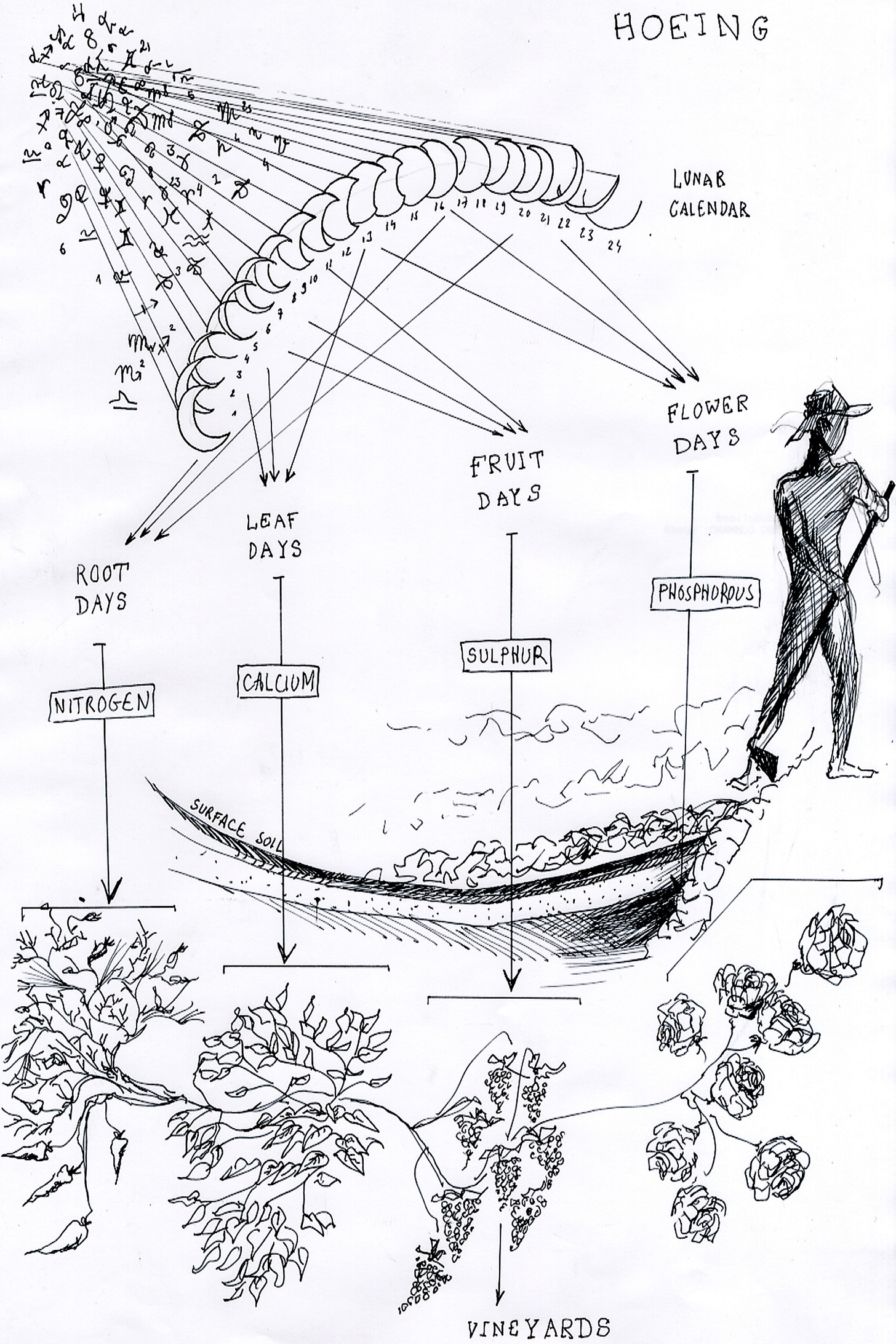
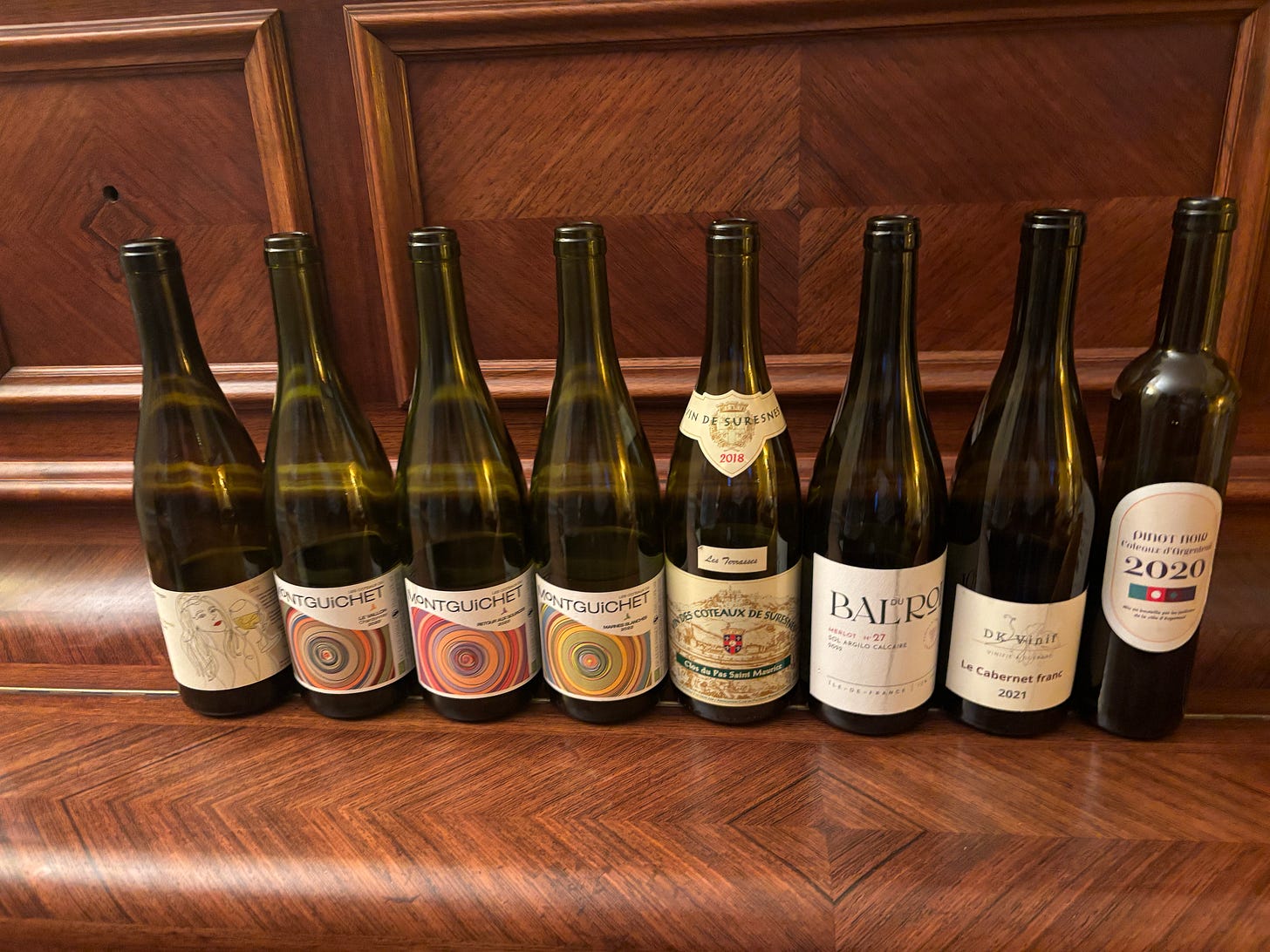
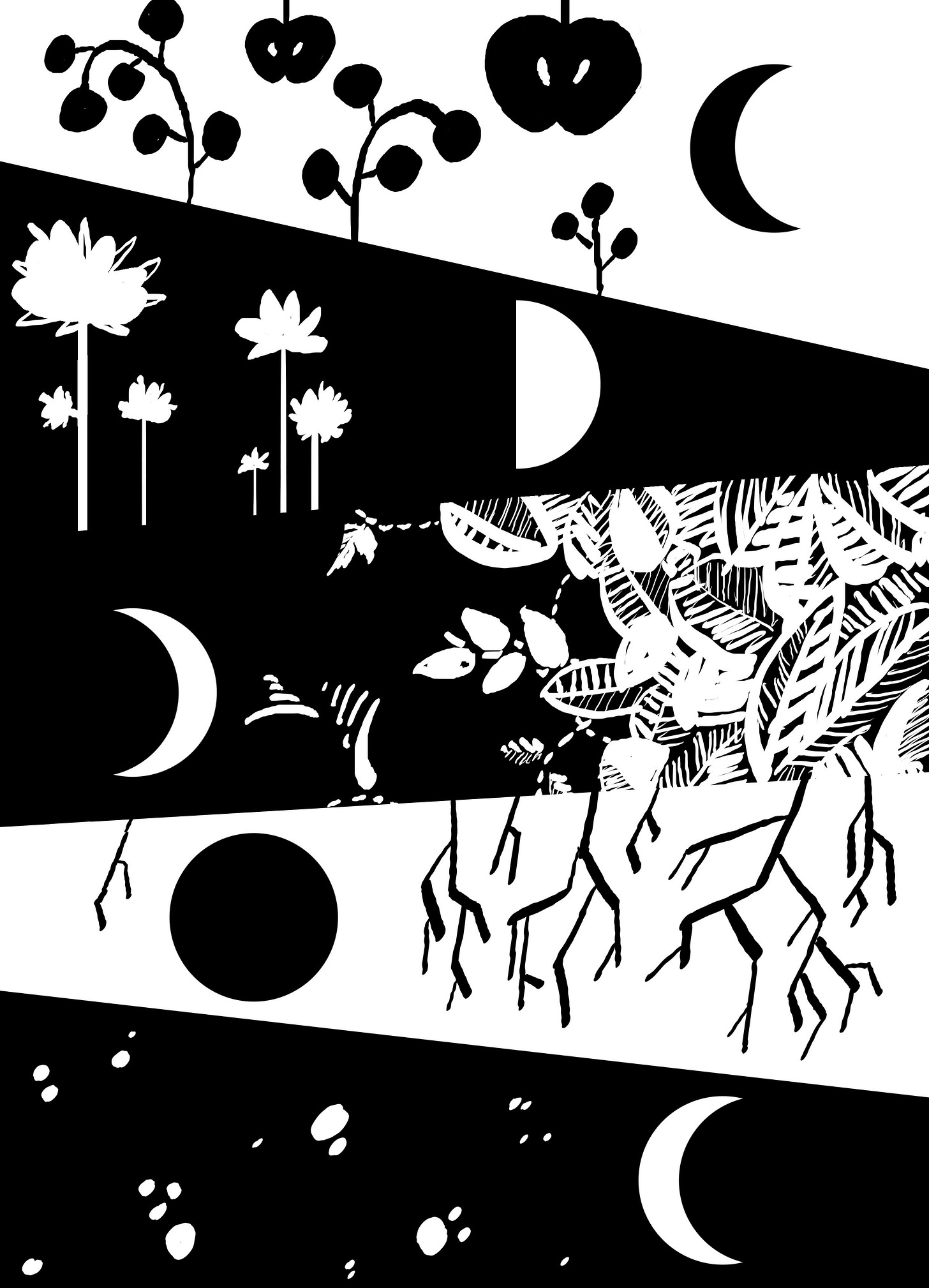
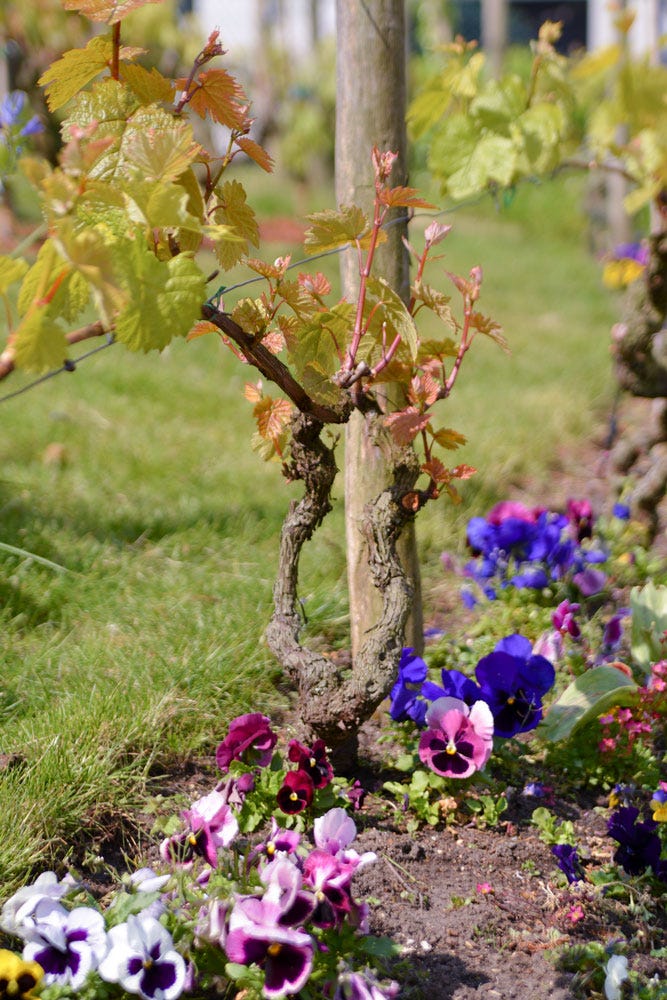
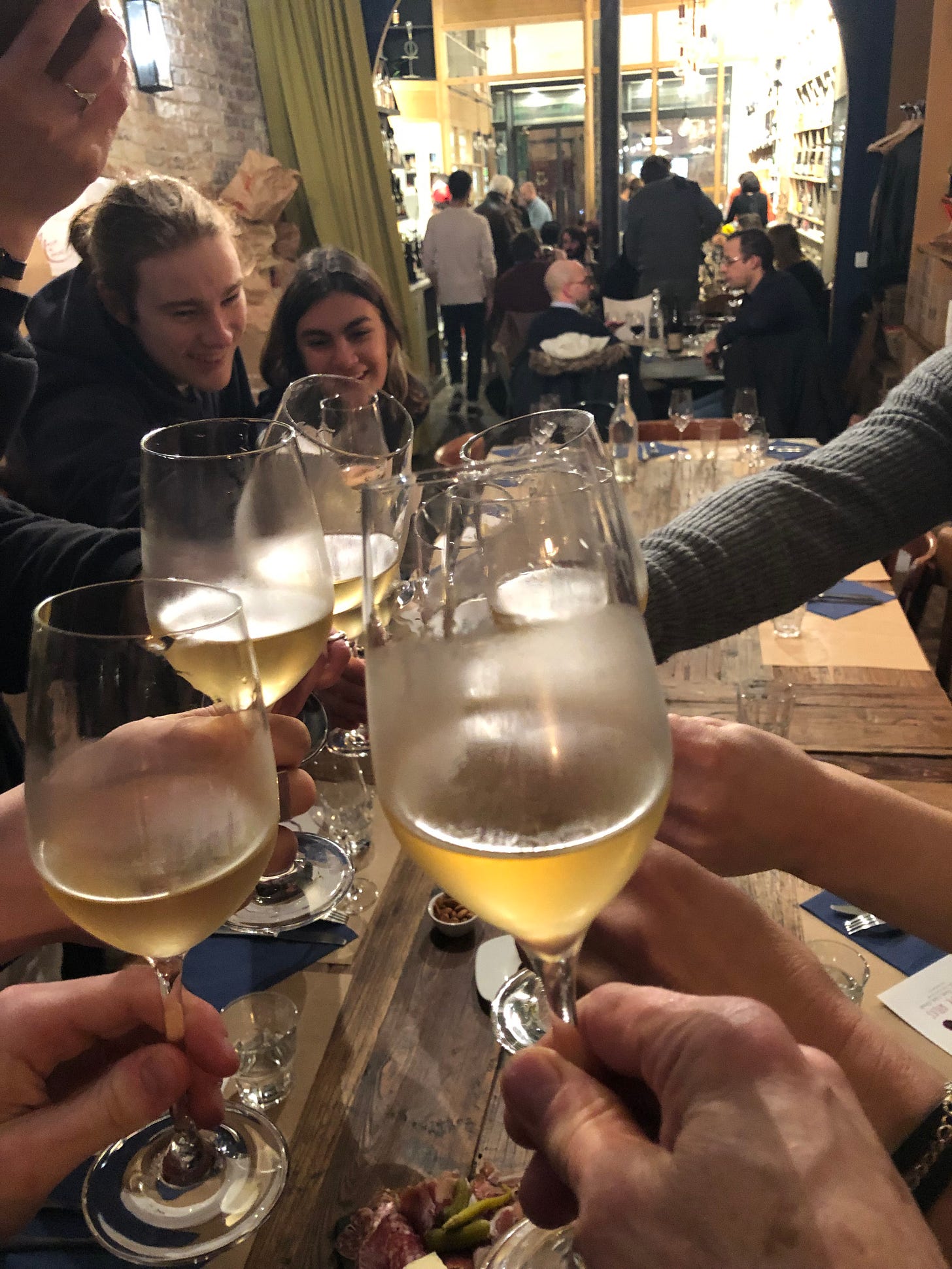
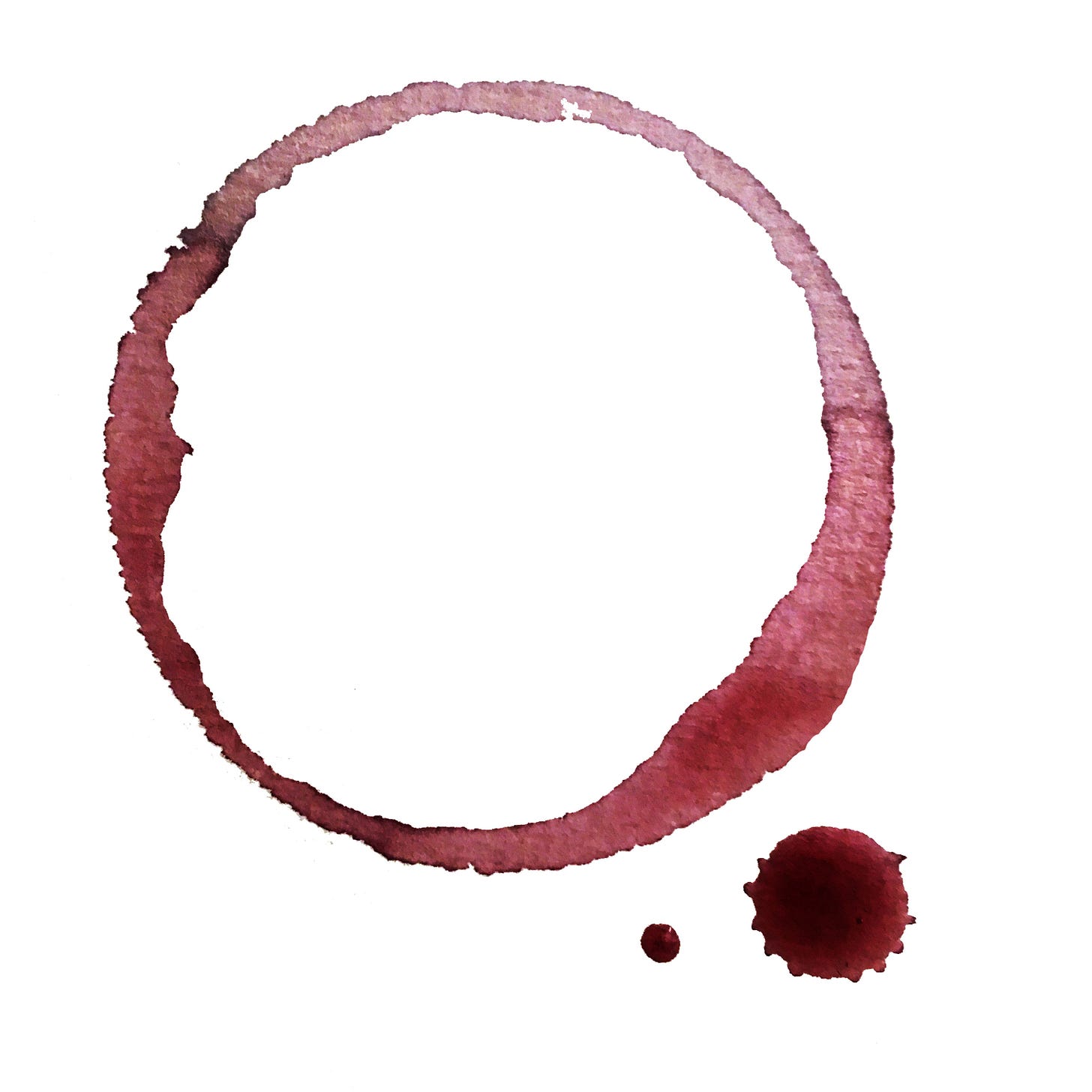
Thank you for this lovely newsletter. What a wonderful, next-level engagement with wine!
I hadn't heard the term "doux commerce" before, but I believe in it absolutely. There's a good reason why "la gastronomie est l'arme de la diplomatie".